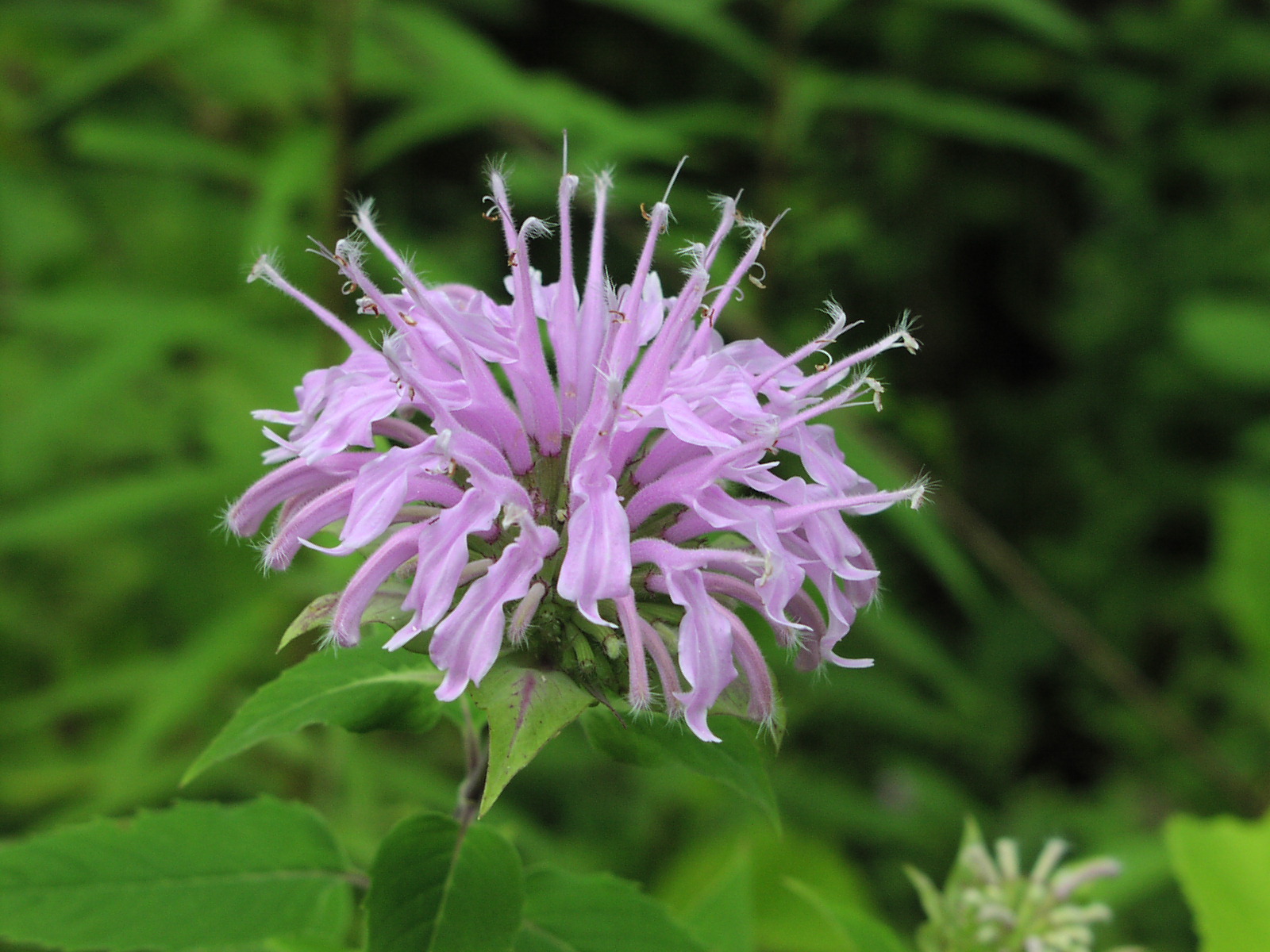COMPONENT COMPOSITION OF ESSENTIAL OIL OF MONARDA FISTULOSA L. GRASS FROM THE COLLEC-TION OF NIKITSKY BOTANICAL GARDEN
Abstract
The creation of promising varieties of medicinal plants with useful properties is an actual direction. The acquisition of new highly productive varieties of medicinal plants and their introduction into the culture are successfully implemented in the Nikitsky Botanical Garden, R. Krym. The purpose of this work was to determine the specific features of the essential oil composition of the highly productive varieties Monarda fistulosa L. to determine the prospects of its use in pharmacy and further standardization of raw materials. Essential oil from the aboveground part of Monarda fistulosa L. was obtained by hydrodistillation using the Ginsberg instrument, its content in the raw material reached 2.38% in terms of absolutely dry raw materials. The component composition of essential oil from the aboveground part of the Monarda fistulosa L. was studied by chromatography-mass spectrometry. The presence of 41 components was revealed, 38 of them were identified, the main group being monoterpenes and their derivatives. The highest content of p-cymene, thymol, thymoquinone, thymohydroquinone, carvacrol, γ-terpinene was found in the sample of essential oil. Evaluation of the data of chromatography-mass spectrometry confirms the prospects of using essential oil and Monarda fistulosa L. grass of the assayed variety in pharmaceutical and medical practice as an antimicrobial, anti-inflammatory, antifungal and immunostimulating agent.
Downloads
Metrics
References
Bedulenko M.A. Trudy BGU, 2013, vol. 8, no. 2, pp. 52–60. (in Russ.).
Marko N.V., Khlypenko L.A., Logvinenko L.A., Rabotiagov V.D. Rol' botanicheskikh sadov v sokhranenii i monitor-inge bioraznoobraziia: sbornik nauchnykh trudov. [The role of botanical gardens in the conservation and monitoring of biodiversity: a collection of scientific papers]. Rostov-na-Donu, 2015, pp. 226–229. (in Russ.).
Isikov V.P., Rabotiagov V.D., Khlypenko L.A., Logvinenko I.E., Logvinenko L.A., Kut'ko S.P., Bakova N.N., Marko N.V. Introduktsiia i selektsiia aromaticheskikh i lekarstvennykh kul'tur. Metodologicheskie i metodicheskie aspekty. [Introduction and selection of aromatic and medicinal crops. Methodological and methodological aspects]. Ialta, 2009, 110 p. (in Russ.).
Logvinenko L.A., Khlypenko L.A., Marko N.V. Farmatsiia i farmakologiia, 2016, vol. 4. no. 4, pp. 34–47. (in Russ.).
Fedotov S.V. Efirnye masla i ikh vliianie na vysshuiu nervnuiu deiatel'nost' cheloveka: sbornik nauchnykh trudov GNBS. [Essential oils and their influence on the higher nervous activity of man: a collection of scientific works of the State Scientific and Technical University]. Ialta, 2015, vol. 141, pp. 131–147. (in Russ.).
Vishnevskaia O.E., Shavarda A.L., Solov'eva A.E., Zvereva O.A. Agrarnaia Rossiia, 2006, no. 6, pp. 60–62.
(in Russ.).
Oparin R.V., Pokrovskii L.M., Vysochina G.I., Tkachev A.V. Khimiya Rastitel'nogo Syr'ya, 2000, no. 3, pp. 19–24.
(in Russ.).
Adams R. Essential oil components by quadrupole GC/MS, Allured Publishing Corp., Carol Stream, IL. 2001.
Radzhabov G.K., Aliev A.M., Vagabova F.A., Musaev A.M. Khimiya Rastitel'nogo Syr'ya, 2017, no. 1, pp. 65–70.
(in Russ.).
Aliev A.M., Radjabov G.K., Musaev A.M. The Journal of Supercritical Fluids, 2015, vol. 102, pp. 66–72.
OFS.1.5.3.0010.15. Opredelenie soderzhaniia efirnogo masla v lekarstvennom rastitel'nom syr'e i lekarstvennykh ras-titel'nykh preparatakh. [OFS.1.5.3.0010.15. Determination of the content of essential oil in medicinal plant raw materi-als and medicinal herbal preparations.]. Moskva, 2015, 5 p. (in Russ.).
Nikitina A.S., Sargsian E.E. Razrabotka, issledovanie i marketing novoi farmatsevticheskoi produktsii: sbornik nauch-nykh trudov. [Development, research and marketing of new pharmaceutical products: a collection of scientific papers]. Izhevsk, 2016, pp. 50–51. (in Russ.).
Gosudarstvennaia farmakopeia SSSR. XI izd. [State Pharmacopoeia of the USSR. XI ed.]. Moscow, 1987–1990. Vol. 1, 2, 350 p. (in Russ.).
Nikitina A.S., Popova O.I., Bogdanova M.N. Molodye uchenye i farmatsiia XXI veka: sbornik nauchnykh trudov. [Young scientists and pharmacy of the XXI century: a collection of scientific papers]. Moscow, 2016, pp. 282–288. (in Russ.).
Tkachev A.V. Issledovanie letuchikh veshchestv rastenii. [Research of volatile substances of plants]. Novosibirsk, 2008, 969 p. (in Russ.).
Popova O.I., Nikitina A.S. Zmeegolovnik moldavskii i issop lekarstvennyi – sovremennyi vzgliad na rasteniia. [The Moldavian snake and the medicinal hyssop – a modern look at plants]. Volgograd, 2014, 250 p. (in Russ.).
Popova O.I., Chumakova V.V., Nikitina A.S., Tanskaia Iu.V., Gubanova E.A. Voprosy biologicheskoi, meditsinskoi i farmatsevticheskoi khimii, 2010, no. 9, pp. 11–17. (in Russ.).
Tokhsyrova Z.M., Nikitina A.S., Popova O.I. Farmatsiia i farmakologiia, 2016, vol. 4, no. 1(14), pp. 66–71. (in Russ.).
Sovova H., Sajfrtova M., Topiar M. J. Supercrit. Fluids, 2015, vol. 105, pp. 29–34.
Gali-Muhtasib H., Roessner A., Schneider-Stock R. The International Journal of Biochemistry & Cell Biology, 2006, vol. 38, pp. 1249–1253.
Labib Salem M. International Immunopharmacology, 2005, vol. 5, pp. 1749–1770.


This work is licensed under a Creative Commons Attribution 4.0 International License.
The authors, which are published in this journal, agree to the following conditions:
1. Authors retain the copyright to the work and transfer to the journal the right of the first publication along with the work, at the same time licensing it under the terms of the Creative Commons Attribution License, which allows others to distribute this work with the obligatory indication of the authorship of this work and a link to the original publication in this journal .
2. The authors retain the right to enter into separate, additional contractual agreements for the non-exclusive distribution of the version of the work published by this journal (for example, to place it in the university depository or to publish it in a book), with reference to the original publication in this journal.
3. Authors are allowed to post their work on the Internet (for example, in a university repository or on their personal website) before and during the review process of this journal, as this may lead to a productive discussion, as well as more links to this published work.











